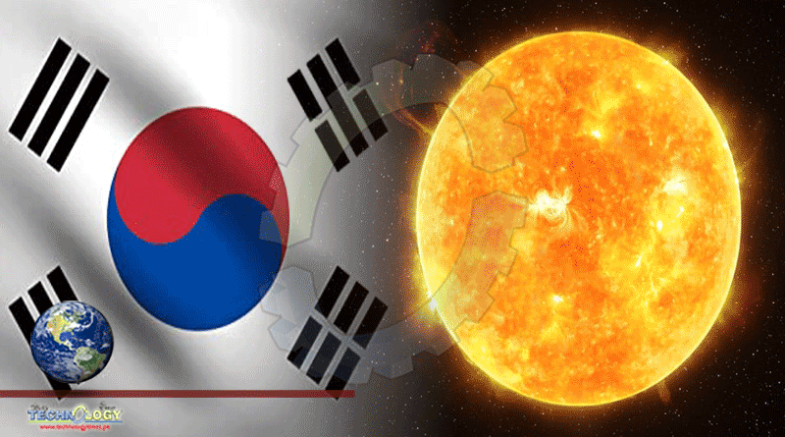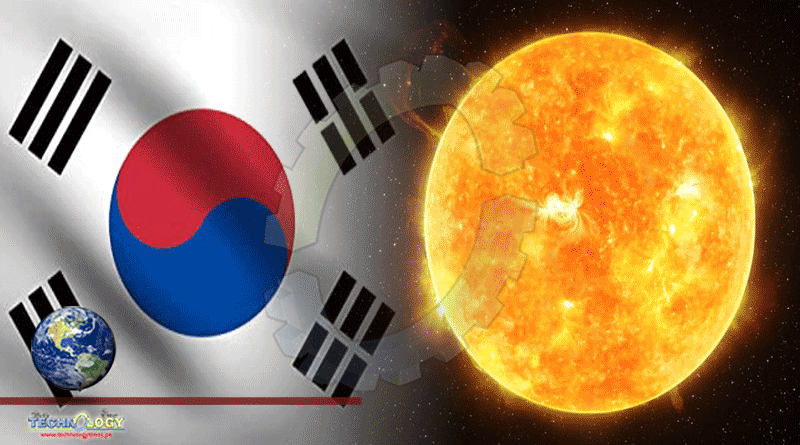Holding A Temperature Of 100 Million Degrees Celsius For 20 Seconds. The Device Aims To Recreate Nuclear Fusion

A South Korean plasma generator broke a high-temperature world record, Science Alert reported, holding a temperature of 100 million degrees Celsius for 20 seconds. The device aims to recreate nuclear fusion akin to how the Sun creates its energy. scientists recently took another step on the path to nuclear fusion. “Scientists have just set a new world record for high-temperature sustained plasma with the Korea Superconducting Tokamak Advanced Research (KSTAR) device, reaching an ion temperature of above 100 million degrees Celsius (180 million degrees Fahrenheit) for a period of 20 seconds,” the article said. “Known as Korea’s ‘artificial sun,’ the KSTAR uses magnetic fields to generate and stabilize ultra-hot plasma, with the ultimate aim of making nuclear fusion power a reality—a potentially unlimited source of clean energy that could transform the way we power our lives, if we can get it to work as intended.” The Sun generates its energy from nuclear fusion of hydrogen nuclei into helium.
Nuclear Fusion for Beginners
One important force used to understand nuclear fusion is binding energy, which is defined as “the energy required to break a nucleus into its constituent protons and neutrons.” So how does it play into nuclear fusion? “The Sun is mostly hydrogen and some helium, [and] the curve of binding energy shows that if we fuse lighter elements to form heavier ones, it releases energy,” said Dr. Lawrence Weinstein, Professor of Physics at Old Dominion University. “The biggest single gain comes from fusing four protons into helium-4, and the energy gained is the difference in the mass times the speed of light squared. “So, four times the mass of the proton, minus the mass of the helium-4 nucleus, is about 28 million electron volts.” Dr. Weinstein said that the next step in nuclear fusion is changing two protons into neutrons, which happens only in the core of stars, where temperatures and densities are high enough to fuse them. A long series of atomic reactions begins at this point. In summary, protons form deuterons, which get attached to additional protons and become the isotope helium-3. Usually, two helium-3 isotopes combine to make one helium-4 isotope and several leftover subatomic particles (two protons, two positrons, two neutrinos, and two photons). Each of these reactions in nuclear fusion releases 10 million electron volts.
Solar Simulations
“Nuclear fusion is the only known source with enough energy to last the Sun’s lifetime, because the strong force is so much greater than the electromagnetic force,” Dr. Weinstein said. “Simulations of the Sun, including the known nuclear physics from Earth, describe the Sun’s characteristics well.
“So, we make a solar simulation.”
Dr. Weinstein said that solar simulations involve solar characteristics—mass, temperature, and power output—as well as nuclear physics reaction cross sections, pressure balance, power balance, and a temperature gradient. “These models tell us about the inside of the Sun,” Dr. Weinstein said. “They tell us that the density is about 150 tons per cubic meter at the center—10 times the density of gold. The pressure is about 100 billion atmospheres at the center of the Sun and the temperature is about 16 million Kelvin.” The incredible energy reaction in nuclear fusion may one day be harnessed. If KSTAR’s record-length sustained high temperature is any indication, human-made nuclear fusion remains a possibility.
This news was originally published at The Great Course’s Daily
